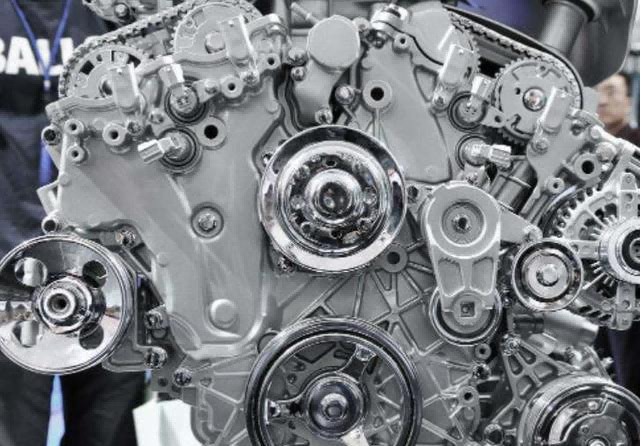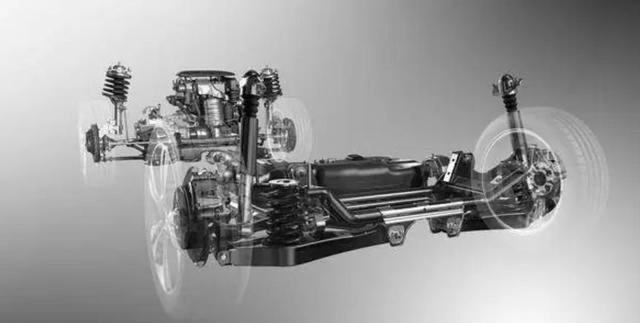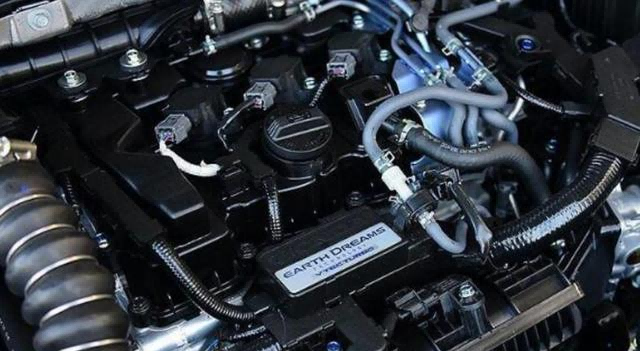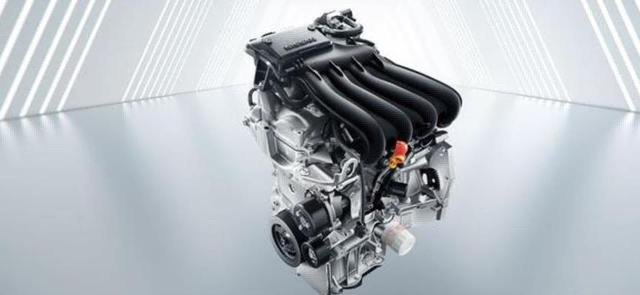First, most of the streets are turbocharged cars?
Sales of turbocharged cars in the market are increasing year by year, and many people are choosing to buy this model.
This is mainly because turbocharging technology can improve the performance of automobiles in many aspects such as power, fuel economy and environmental protection, and has been widely recognized by consumers.
First of all, turbocharging technology enables the engine to output more power and torque.
The turbocharger compresses air and sends more oxygen into the engine, allowing the fuel to be burned better, thereby improving the vehicle’s dynamic performance.
This technology is especially suitable for consumers who prefer to drive powerful models.
Secondly, turbocharging technology can also improve the fuel economy of the car.
Compared to conventional naturally aspirated engines, turbocharged engines use fuel more efficiently.
This not only makes the vehicle drive longer in range, but also reduces fuel consumption and CO2 emissions, contributing to environmental protection.
Finally, turbocharging technology is also considered to be an important direction for the current development of automotive technology.
More and more automakers are beginning to apply this technology to their own models, resulting in an increasing variety of turbocharged models.
It is believed that in the near future, turbocharging technology will have more optimization and improvement, which will become an important development trend in the automotive industry.
In short, the advantage of turbocharging technology is that it can improve the performance of the vehicle’s power, fuel economy and environmental protection, so more and more people choose to buy turbocharged vehicles has become a development trend.
Second, why are more and more new models self-priming?
As an environmentally friendly and low-carbon engine technology, self-priming engine has gradually become a future trend.
Self-priming engines have the following four advantages over conventional turbocharged engines.
First, the self-priming engine provides a smoother power delivery.
Because its working principle is based on natural aspiration, it can provide smoother power output at high revs and is more suitable for urban driving.
Secondly, self-priming engines can better meet environmental standards.
Compared to turbocharged engines, self-priming engines produce fewer harmful gases during combustion, consume less fuel, and have more environmentally friendly performance.
Third, the self-priming engine has smaller space and weight requirements for the vehicle, which is more suitable for the application of small models.
Self-priming engines do not require additional turbochargers and intercoolers, saving space and weight and enabling a lighter vehicle design.
Finally, self-priming engines also offer greater reliability and durability.
Self-priming engines are simple and easy to maintain, and because they do not require additional turbocharging equipment, they are also more durable and reliable in terms of service life.
In summary, the advantages of self-priming engines are obvious, and their environmental protection, low carbon and efficient characteristics are increasingly adapted to the needs of future automobile development.
It is expected that self-priming engines will become an inevitable trend in future automotive engines.
Third, what is the working principle of the two engines, and which one is better?
Self-priming engines and turbocharged engines are two different powertrains.
Each of them has some advantages and disadvantages.
Below is a detailed explanation of them.
Self-priming engine:
A self-priming engine is an engine that draws in air through air pressure and the engine does its job on its own.
It is suitable for low-power applications such as small vans or family cars.
It is relatively low cost compared to a turbocharged engine because it does not require a complex charging system.
Advantages:
1. Good stability, able to provide torque and speed.
2. The cost is relatively low.
3. Maintenance is relatively simple and not prone to problems.
4. Excellent fuel economy.
Disadvantages:
1. The suction of power and torque is affected by the environment.
Air density is affected by factors such as air temperature, air pressure, altitude, etc., so the level of power output will also be affected.
2. In areas with higher altitudes and higher temperatures, the power will be affected.
Turbocharged engine:
A turbocharged engine is an engine that can convert energy into power well.
It can increase the air pressure before sucking in air, allowing the engine to burn the mixture better.
Turbocharged engines are suitable for high power needs, such as racing and high-performance cars.
Advantages:
1. Have better performance, able to provide high power and torque.
2. More suitable for working in high altitude environment.
Disadvantages:
1. The cost is relatively high.
2. Maintenance and overhaul are more complicated and difficult.
3. With higher fuel consumption, it is necessary to replenish oil more frequently.
In summary, both self-priming engines and turbocharged engines have their own advantages and disadvantages.
Which engine to choose needs to be determined according to the needs and usage of the model.
For conventional family cars, choosing a self-priming engine is a better choice; For high-performance sports cars, turbocharged engines can better meet their high-power needs.
Post time: 31-03-23



